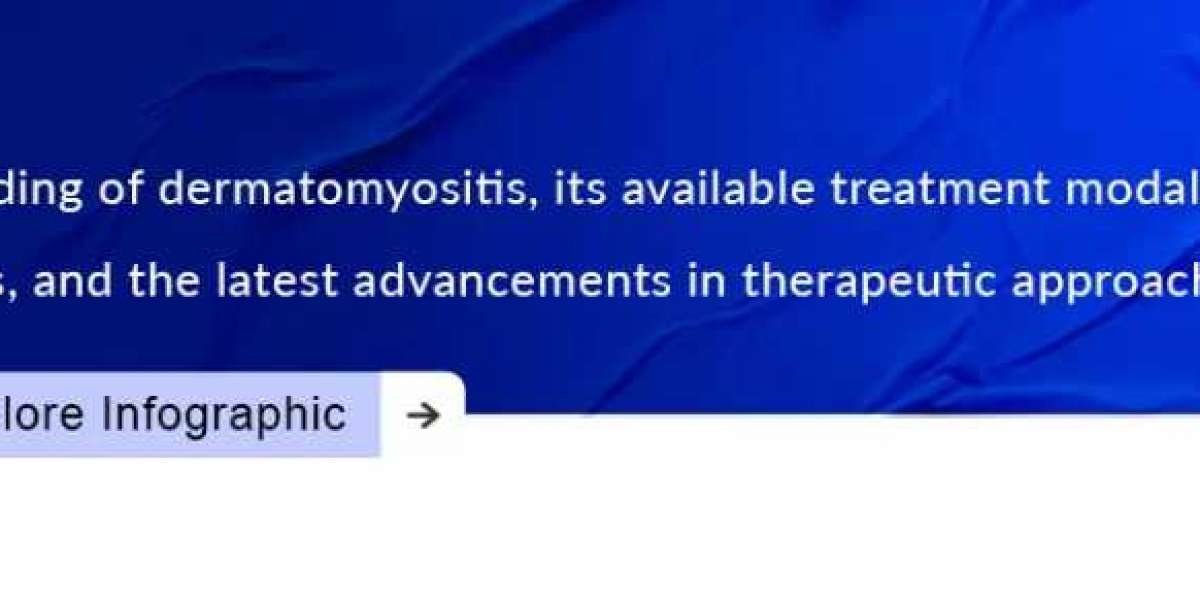Dermatomyositis presents as a formidable autoimmune inflammatory condition marked by debilitating muscular weakness and pathognomonic cutaneous abnormalities, notably the characteristic periungual telangiectasias and mechanic's hands that serve as important diagnostic indicators. Successful clinical management requires comprehensive expertise in contemporary therapeutic methodologies, sophisticated diagnostic procedures, and breakthrough treatment developments that continuously advance patient care standards internationally.
Contemporary Diagnostic Excellence and Therapeutic Framework
Establishing precise diagnosis of dermatomyositis involves systematic clinical investigation incorporating detailed symptom assessment, specialized histopathological examination, and comprehensive immunological profiling conducted following rigorous international standards established by premier medical organizations worldwide. Current therapeutic paradigms prioritize high-dose corticosteroids as foundational treatment, strategically combined with disease-modifying medications including methotrexate, azathioprine, rituximab, and intravenous immunoglobulin for severe manifestations. Advanced research continues exploring transformative pharmaceutical developments such as brepocitinib, a targeted JAK inhibitor modulating inflammatory responses, and upadacitinib (Rinvoq), both showing exceptional promise for superior treatment outcomes while minimizing adverse reactions. Medical institutions throughout Canada and globally adopt sophisticated personalized medicine approaches that seamlessly combine cutting-edge drug therapies with comprehensive interdisciplinary care programs.
Ongoing Clinical Complexities and Treatment Limitations
Despite remarkable therapeutic progress, substantial challenges in managing this rare condition persist in clinical practice. Extensive phenotypic heterogeneity and unpredictable disease evolution complicate individualized treatment selection and outcome prediction capabilities, while achieving sustained disease quiescence without continuous immunosuppression remains elusive for many patients. Prolonged steroid exposure produces inevitable complications including metabolic syndrome, skeletal fragility, infectious vulnerability, and cardiovascular risks, highlighting urgent requirements for safer therapeutic alternatives. International variations in clinical guidelines and resource allocation result in inconsistent treatment standards across diverse healthcare environments. Disease activity assessment and long-term prognosis determination continue presenting technical difficulties, necessitating innovative biomarker development and enhanced monitoring methodologies.
Revolutionary Therapeutic Advances and Market Expansion
The specialized pharmaceutical industry addressing rare inflammatory diseases experiences unprecedented growth driven by groundbreaking dermatomyositis therapies and intensive clinical research endeavors. Next-generation treatment modalities, including sophisticated biological agents and innovative immunomodulatory compounds, consistently demonstrate superior therapeutic profiles in rigorous clinical trials. Research focusing on targeted immune pathway inhibition, designer antibody therapies, and novel small-molecule interventions creates unprecedented opportunities for more effective and better-tolerated treatment protocols. Advancing knowledge of disease mechanisms and immune system dysregulation facilitates development of precision therapeutic strategies, promising remarkable improvements in patient care and clinical outcomes.
Research Collaboration and Global Development
International research networks facilitate accelerated drug development and clinical trial enrollment, potentially expediting therapeutic approvals. Patient advocacy groups increasingly influence research priorities and funding allocation decisions. Academic-industry partnerships drive innovation through collaborative research programs and knowledge sharing initiatives.
Summary: Clinical management continues advancing through expanding therapeutic arsenals and refined treatment protocols. While significant challenges persist, dynamic research efforts and emerging innovations provide considerable hope for more effective, individualized treatment approaches, ultimately transforming patient experiences and outcomes worldwide.
Related Reports Offered By DelveInsight:
https://www.delveinsight.com/report-store/t-cell-blood-cancer-epidemiology-forecast
https://www.delveinsight.com/report-store/mitral-valve-insufficiency-epidemiology-forecast
https://www.delveinsight.com/report-store/vasculitis-epidemiology-forecast
https://www.delveinsight.com/report-store/corneal-endothelial-dystrophy-epidemiology-forecast
https://www.delveinsight.com/report-store/braf-mutant-metastatic-melanoma-epidemiology-forecast
https://www.delveinsight.com/report-store/recurrent-herpes-labialis-epidemiology-forecast
https://www.delveinsight.com/report-store/sedation-epidemiology-forecast
https://www.delveinsight.com/report-store/nasopharyngeal-neoplasms-epidemiology-forecast
https://www.delveinsight.com/report-store/argininosuccinic-aciduria-epidemiology-forecast
https://www.delveinsight.com/report-store/paroxysmal-hemoglobinuria-epidemiology-forecast








